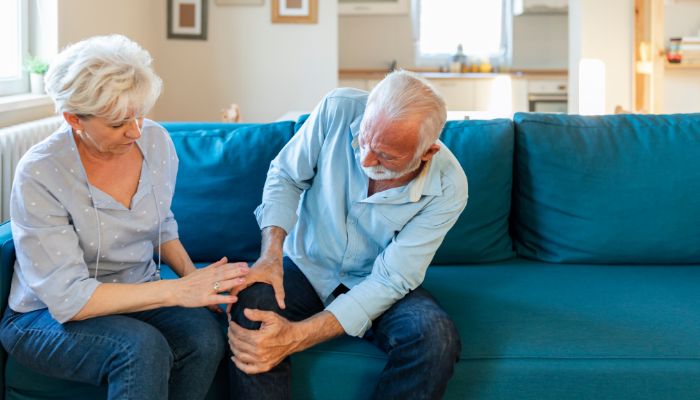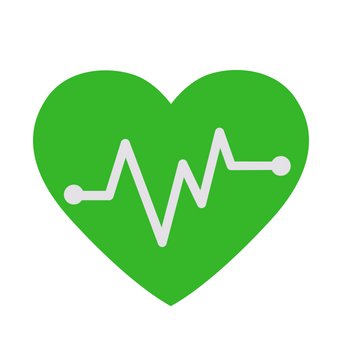
Orthopedic conditions can significantly impact our daily lives, affecting mobility, comfort, and overall well-being. Timely diagnosis and treatment are crucial for optimal recovery and an improved quality of life. Let us get into some common orthopedic conditions and the available treatment options. If you’re seeking specialized care, including hand orthopedic in Parsippany, it’s essential to consult professionals who can provide the expertise you need.
Understanding Orthopedic Conditions
Orthopedic conditions encompass a range of musculoskeletal issues that affect the bones, joints, muscles, ligaments, and tendons. These conditions can arise from various causes, including age, sports injuries, repetitive motion, or underlying medical conditions. It’s important to grasp the impact orthopedic conditions can have on the body and recognize the significance of early detection and intervention.
Common Orthopedic Conditions
Osteoarthritis
Osteoarthritis, commonly associated with aging and joint wear and tear, causes symptoms such as joint pain, stiffness, and reduced range of motion. Non-surgical treatment options like medications, physical therapy, and lifestyle modifications can help manage symptoms. In severe cases, joint replacement surgeries like knee or hip replacement may be necessary. If you require specialized hand orthopedic care in Parsippany, consult professionals experienced in addressing joint-related issues.
Fractures
Fractures occur due to trauma or conditions like osteoporosis. Symptoms include pain, swelling, and deformity. Initial treatment involves stabilizing the fracture with casting or splinting. Surgical interventions, such as open reduction and internal fixation, may be required to promote proper healing.
Sprains and Strains
Sprains and strains are common orthopedic injuries caused by sudden movements, overuse, or accidents. Symptoms include pain, swelling, and limited range of motion. The RICE (Rest, Ice, Compression, Elevation) method is commonly employed for initial treatment. Physical therapy and rehabilitation play crucial roles in restoring strength and function.
Rotator Cuff Injuries
Rotator cuff injuries often occur due to repetitive overhead motions or traumatic incidents. Symptoms include shoulder pain, weakness, and difficulty lifting objects. Non-surgical treatments, including rest, physical therapy, and corticosteroid injections, are effective in many cases. Severe cases may require surgical options like arthroscopic repair or rotator cuff reconstruction.
Herniated Disc
Herniated discs can cause back or neck pain, numbness, and tingling due to the disc’s displacement and pressure on nerves. Non-surgical approaches, such as pain management, physical therapy, and spinal decompression, can alleviate symptoms. Surgical interventions like discectomy or spinal fusion may be necessary for severe cases.
Prevention and Rehabilitation
Preventing orthopedic conditions involves maintaining a healthy weight, practicing proper ergonomics, and engaging in regular exercise. Rehabilitation, often through physical therapy, plays a vital role in the recovery process, helping patients regain strength, flexibility, and function.
Seeking Professional Help
When individuals face orthopedic conditions, it is crucial for them to seek professional help from experts who possess the necessary expertise and experience to effectively diagnose, treat, and manage such conditions. At Modern Orthopaedics of New Jersey, patients can find specialized care, including hand orthopedics in Parsippany, delivered by professionals who excel in the field.
The team of orthopedic specialists at Modern Orthopaedics of New Jersey is dedicated to providing comprehensive orthopedic care and developing personalized treatment plans. They possess extensive knowledge and skills to address a wide range of orthopedic conditions, whether it is osteoarthritis, fractures, sprains, rotator cuff injuries, or herniated discs.
The Bottom Line
Understanding common orthopedic conditions and by promptly addressing these conditions and seeking the guidance of orthopedic specialists, individuals can take proactive steps toward recovery and a better quality of life.

Lifebing is driven by an unrelenting passion for promoting health and well-being, our team is wholly committed to curating exceptional content and immersive experiences.
